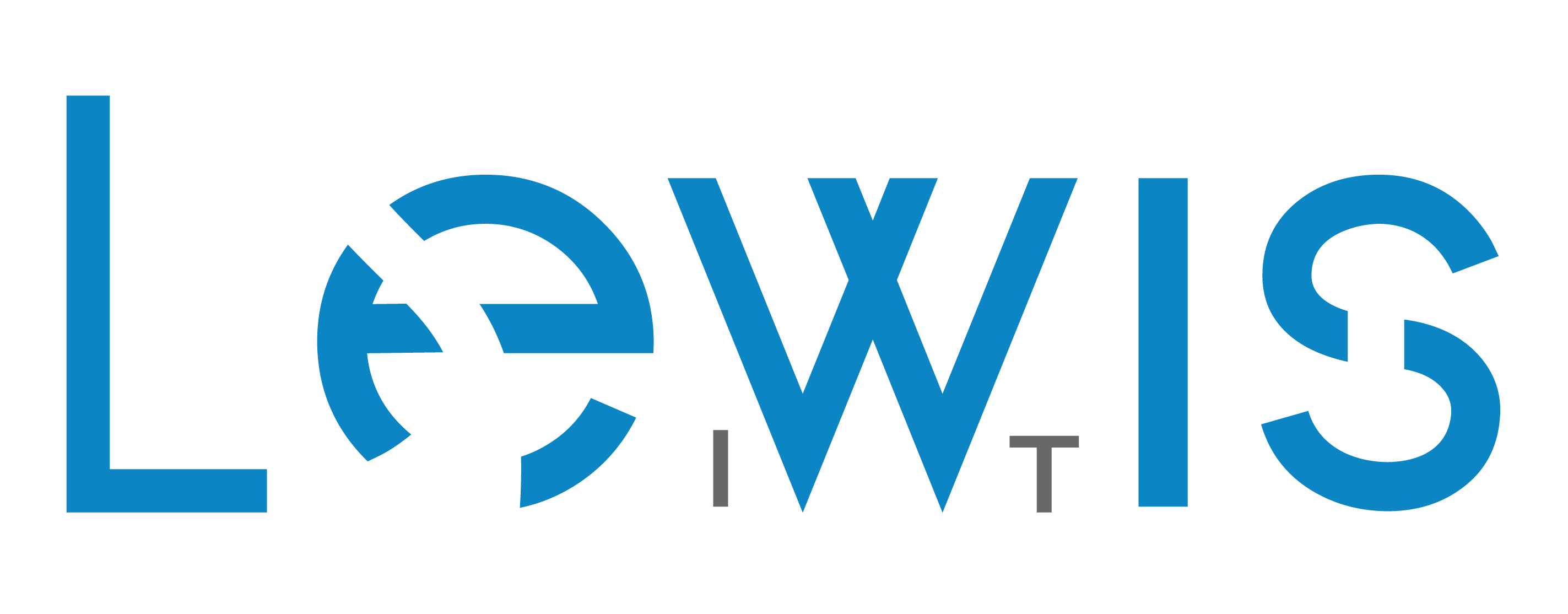How to get cloud-first flexibility--but with powerful security

Freed by cloud, businesses now have so many more ways—and places--to get work done. Flexibility means you can more easily dodge unexpected curve balls, like moving all employees to work from home due to quarantines and social distancing. It can also help you act quickly on new opportunities, like surges in demand for delivery services.
But flexibility poses new security challenges. If everyone always works in a physical space that you control, security is much simpler. When employees, customers, and partners all are working from home offices, coffee shops, co-working spaces, and on the go, using shared or unmanaged networks to get to your business apps and networks, security proves much more challenging.
Consider, for example, Scott from accounting. Moved to remote work status along with his entire team, Scott is now working from home. He’s using a family computer that he shares with his wife and three kids. He connects to the company network through his home network, which also contains dozens of smart home devices, multiple streaming devices, several gaming systems, and two old printers, all secured by a router configured by his teen several years ago. To make things more secure, Scott uses a VPN he found on Google to connect to the company network. Once logged in, he connects to the company’s cloud-based accounting system. While Scott finds the whole process much slower than working from the office, he can get at least some work done.
If Scott chooses to work from a co-working space or a completely open public space like a coffee shop, he may be connecting through an unsecured or improperly configured network. Hackers often target these types of networks because it’s so much easier for them to find the open doors they need, like a user that leaves file sharing on. Through these open doors, they can expand to malicious cyber attacks that will truly put your business at risk.
While Scott has the flexibility to work remotely, his company’s approach of retrofitting the tools they already had to their new remote work reality actually results in less flexibility and less security. But making it all work is complex and time-consuming.
Like all of us, Scott’s company needs protection built for work from anywhere economy. We need a strategy that makes sure that every person, every device, and every bit of data is protected at every minute, no matter where in the world work gets done. And we need to know that the security just works, so we don’t have to think about it. After all, we’ve got work to do.
What if your business could connect in a safe, secure, protected way that also gives you all the flexibility of cloud? What if you could just turn it on and not think any more about it, knowing it’s all taken care of?
Let’s talk about how we can meet your business needs for both flexibility and security.

